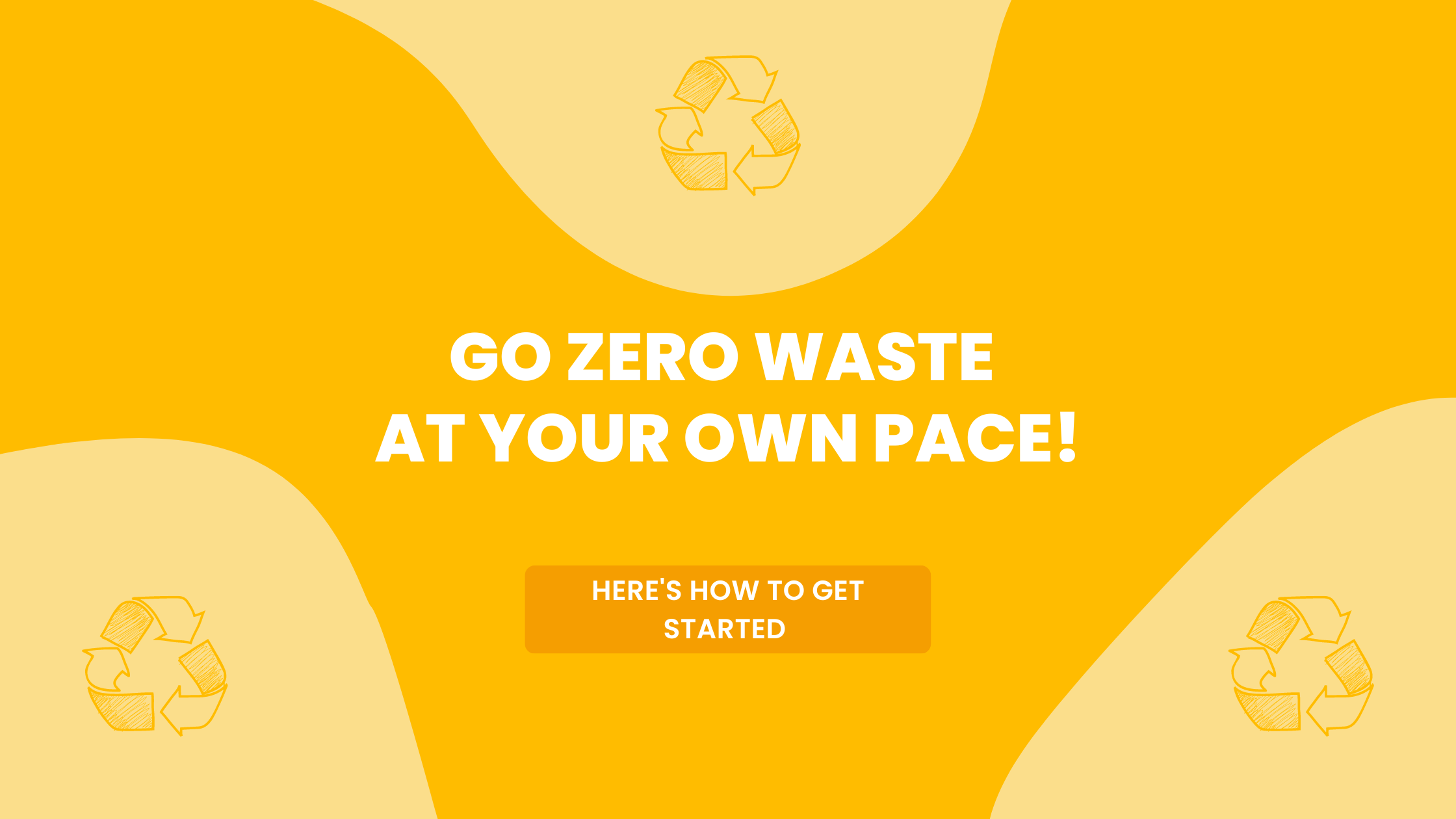Landfill has been a widely used strategy for many decades to deal with waste, especially in densely populated cities. According to the latest available statistics, South Africans generate around 107.7 million tonnes (or 1.8 tonnes per person!) of waste every year. But Cape Town, Johannesburg and Pretoria all have less than 10 years’ useful landfill life left.
Therefore businesses that pride themselves on sustainability and innovation are looking for new long-term solutions, including embracing a Zero Waste To Landfill (ZWTL) approach. As the term suggests, Zero Waste to Landfill aims to reduce the amount of waste that ends up in landfill, to the minimum possible.
It focuses on preventing waste in the first place, reusing materials, transforming waste into energy, and cutting down on the energy requirements of manufacturing by using recycled materials. For example, in April 2023, one of WastePlan’s business clients in the Western Cape saved the equivalent of 7 305kWh through their recycling and recovery efforts, which amounts to about R2.9 million in electricity costs.
Benefits of a Zero Waste To Landfill approach
By adopting ZWTL processes and policies, businesses can reduce logistics expenses and landfill fees, reap positive public relations benefits, and improve environmental compliance.
-
Save costs
Businesses that intentionally and systematically reduce, reuse or recycle their waste save money on their waste disposal and other costs. On top of that, they can also generate an income by earning rebates on their recycled materials.
-
Build a positive reputation
Globally, research shows that environmental and sustainability factors are affecting buying decisions – businesses that have incorporated these factors into their brands achieved disproportionate growth over the last 5 years. Adopting a ZWTL approach is becoming a big part of building a positive public reputation in the era of climate change.
-
Ensure compliance
Many governments (including South Africa) are introducing regulations that limit the amount of waste that can be sent to landfills, and some are even implementing bans on certain types of waste. By adopting a ZWTL approach, businesses can ensure that they are compliant with these regulations and avoid costly penalties.
Sharing his experience, Abri Bothma, our Waste Manager for Gauteng comments:
Although achieving Zero Waste To Landfill may seem like a challenging goal at first, it can have a significant impact on organisations. By being proactive, organisations can lower their environmental impact, cut expenses, improve their brand, and positively engage their employees.
How to develop an effective Zero Waste To Landfill approach
A successful ZWTL approach requires a holistic strategy that involves assessing a business’ entire operations – from procurement to production, from the delivery of goods and services to the disposal of packaging and waste.
-
Reducing waste at the source
Identify areas where waste is generated, and find ways to reduce or eliminate it. This prevents waste from entering the system in the first place.
-
Reusing and repurposing materials
Find ways to reuse materials internally, or why not donate them to other organisations that can use them? This helps to reduce the amount of waste that needs to be disposed of, and supports a circular economy.
-
Recycling and composting
Recycling and composting programs diverts as much waste as possible from landfills, saves water and reduces carbon emissions. For example, in April 2023, the dedicated recycling and recovery efforts of (only!) four of our shopping mall clients saved a combined 2,9 million litres of water, and conserved 1,876 trees.
-
Generating energy
Some types of waste can be converted into energy through incineration (burning waste) or anaerobic digestion (a process through which bacteria break down organic matter in the absence of oxygen). South Africa, for example, was one of the first countries in the world to utilise digesters as part of sludge management at wastewater treatment works. Though this is currently not a viable waste solution for most businesses, new developments in the legislative environment and bioenergy technology space are starting to tip the economies of scale.
What does a WastePlan ZWTL partnership look like:
Our team of ZWTL specialists spend time on the site for a week or longer, conducting a full waste analysis audit, and determining the landfill diversion needs.
Together with the client, we set achievable waste diversion goals and provide a variety of service providers and solutions to achieve these goals. We also provide training to client staff if necessary.
We welcome challenging waste streams as they give us an opportunity to seek innovative solutions, research available technologies, and implement them to grow the business.
As Falon Doorasamy, our Zero Waste Manager for KZN, reflects:
Small steps taken to reduce waste to landfill often goes a long way. Many of our clients are above industry norms when it comes to their waste diversion ratios, and this highlights WastePlan’s commitment to innovation and a client-focused approach. It is an opportunity to play an active role in finding solutions to a global problem.
If you are not yet achieving your Zero Waste goals, get in touch with our specialist team to get you back on track with real time data to keep you informed and on track with your goals.





